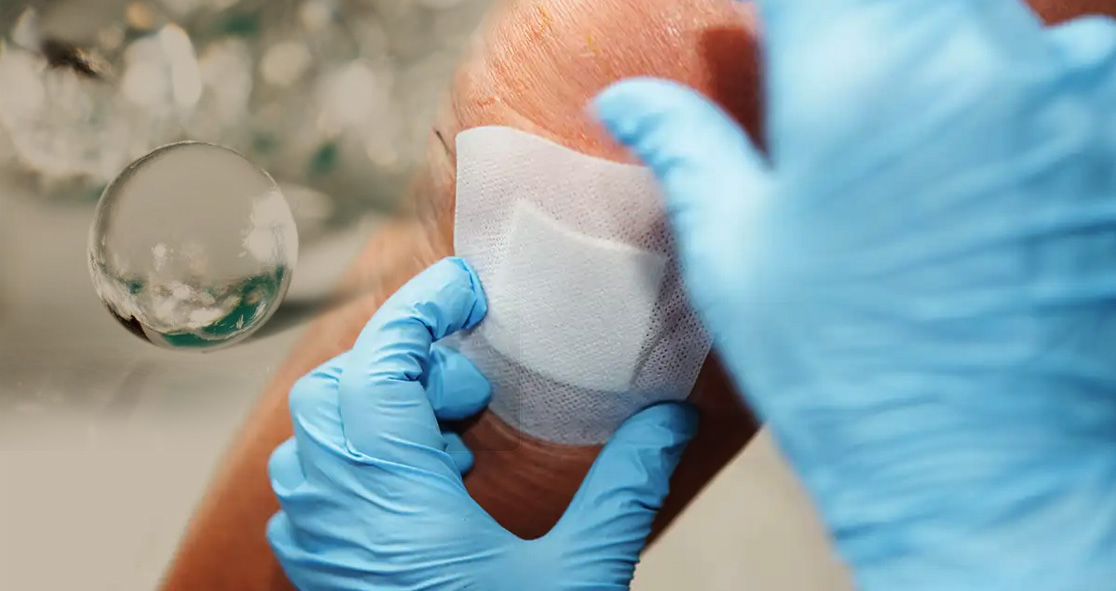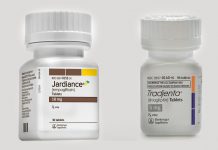Most people with diabetes develop painful foot ulcers, potentially leading to gangrene. The ulcers are slow to heal due to a lack of oxygen supply in the wound from inflammation and impaired blood vessels. Gangrene can become chronic, needing an amputation.
Now, researchers at Washington University in St. Louis have developed a hydrogel that can deliver oxygen to a wound, accelerating healing, according to Medical Xpress.
Lead researcher Prof. Jianjun Guan, who published the results Saturday in Science Advances, developed the hydrogel that delivers oxygen to a wound, decreasing inflammation, remodeling tissue, and accelerating healing.
The hydrogel delivers oxygen with the help of microspheres that gradually release oxygen to interact with the cells through an enzyme on their surface that converts what is inside of the microsphere into oxygen, per the news outlet.
The wound receives oxygen within two weeks, decreasing the inflammation and swelling and promoting healing.
Prof. Guan said, “The oxygen has two roles – one, to improve skin cell survival under the low-oxygen condition of the diabetic wound and two, oxygen can stimulate the skin cells to produce growth factors necessary for wound repair.”
Our body tissues require oxygen to survive and even more when it is injured. There are existing treatments for chronic wounds in diabetics and the most common one is a few sessions in a hyperbaric oxygen chamber, but its efficacy is inconsistent and may increase the risk of oxygen toxicity.
Prof. Guan conducted the study on the mice by treating them with the hydrogel containing the oxygen-releasing microspheres. He and his team found the hydrogel had a greater rate of closure than wounds treated with only the gel or those with no treatment.
After 16 days, the wounds treated with the hydrogel had reduced to 10.7%, according to Medical Xpress. The wounds treated with the gel were reduced to 30.4% and those with no treatment had reduced to 52.2%.
For the last 14 years, Prof. Guan has been developing this type of gel. He said, “The gel is a liquid before we put it into the skin tissue, so it is easy to mix in the microspheres.”
“Once we put the mixture of the gel and the microspheres into the wound, it becomes a solid because it is temperature-sensitive—at lower temperatures, it is a liquid, and at body temperature, it’s a solid,” he added.
One of the risks of delivering oxygen to wounds is delivering too much, creating reactive oxygen species (ROS) that can damage or kill cells at elevated levels.
However, Prof. Guan’s hydrogel can find ROS content and destroy it, eliminating any such risk.
Now, the researchers are planning to use the hydrogel in large animal studies and expecting human trials in the near future.
Prof. Guan said, “This represents a new therapeutic approach to accelerating healing of chronic diabetic wounds without drugs It also has the potential to treat other diseases in which oxygen is low, such as peripheral artery disease and coronary heart disease.”





















